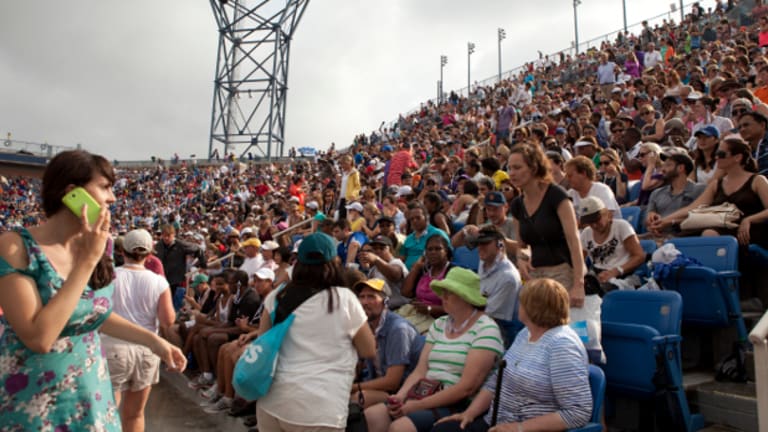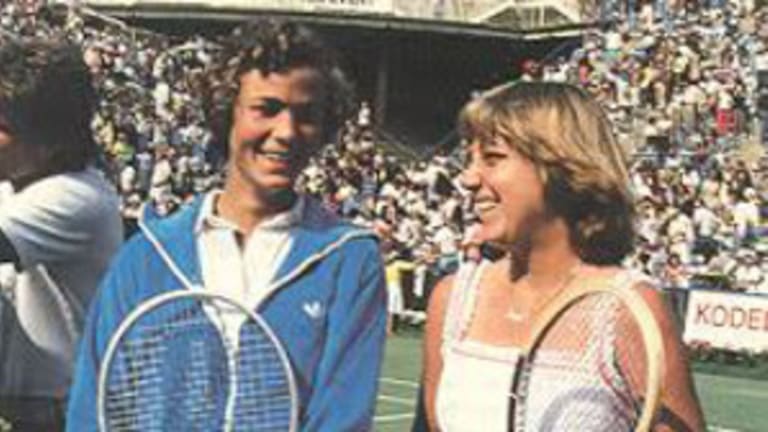“You throw a dart in the dark and drill.”
This was how William Ewing “Slew” Hester, the first USTA president from the Deep South, described what he did for a living. He was an independent—i.e., “wildcat”—oilman from Mississippi; in 1977, when he arrived in the foreign land known as New York City to begin his presidential term, he was invariably caricatured as Ol’ Slewfoot, a bluff, beady-eyed, cigar-chomping scion of a state political family who, in his own words, liked to “drink all night and play tennis all day.”
From the start, Hester was underestimated by the tennis establishment on the East Coast, where, according to TENNIS Magazine, he was “pegged as a stupid redneck.” But Slewfoot knew one important thing about that East Coast establishment: It needed a new home for its signature tournament, and it needed it fast. By the mid-1970s, the U.S. Open had blown the doors off, literally, the old Tudor clubhouse at the West Side Tennis Club in Forest Hills, where the tournament had been held since 1915.
There was no room in that exclusive preserve for the new suburban hackers and fans who had flocked to the game, and the Open, over the previous decade. There was no room for them to park their cars in the narrow lanes of the surrounding neighborhood, which had been planned in the 19th century. Most important, there was little room for the merchandise tents and sponsor booths that now ate up vast swaths of territory at all pro tournaments. There was hardly even room for the garbage anymore; at the last Open at Forest Hills, in 1977, trash spilled out of giant bins and floated across the courts after a rainstorm. It was time to get out.


